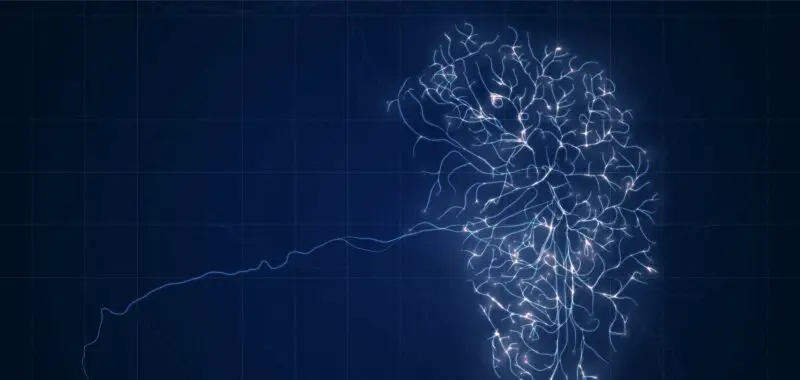“Complex” implies intricate but organized, while “complicated” suggests intricacy with confusion or difficulty.
Defining Complex

Complexity refers to the presence of multiple interconnected parts or elements that interact with each other in non-linear ways. It involves a high level of intricacy and often requires deep analysis and understanding.
Complexity can be found in various aspects of life, such as biological systems, social dynamics, or even philosophical concepts. It encompasses situations where there are numerous variables at play and where cause-and-effect relationships may not always be straightforward.
One key characteristic of complexity is its emergent behavior – the idea that the whole is greater than the sum of its parts. This means that when multiple components come together, they give rise to patterns and behaviors that cannot simply be explained by looking at each individual piece separately.
Defining Complicated

Something is considered complicated when it involves intricate details or a high level of difficulty. It often requires a great deal of effort and expertise to comprehend or navigate through. Complicated situations may have many interrelated parts that need careful analysis.
Complication implies intricacy and can be found in various fields such as technology, mathematics, or even everyday scenarios like assembling furniture from a DIY kit! When faced with something complicated, you might feel overwhelmed or unsure about where to start.
To truly grasp the concept of “complicated,” think of solving a complex mathematical equation that requires multiple steps and formulas. The process itself can be challenging to understand without prior knowledge or experience in the subject matter.
Complex Vs. Complicated – Key differences
| Aspect | Complex | Complicated |
|---|---|---|
| Definition | Intricate, involving many parts or elements, but organized and understandable. | Intricate, involving many parts or elements, often with confusion or difficulty in understanding. |
| Organization | Typically well-structured and ordered. | May lack clear structure and can be confusing. |
| Examples | A complex mathematical equation. | A complicated bureaucratic process. |
| Clarity | Complexity doesn't imply confusion. | Complicated situations can be confusing. |
| Interpretation | Usually requires understanding, not necessarily difficult to decipher. | Often challenging to interpret or navigate. |
| Nature | Complexity can be inherent but manageable. | Complication is often associated with chaos. |
How to Approach Complex and Complicated Situations
Complex Situations (Intricate but Organized)
- Understanding: Take time to comprehend the underlying structure and relationships within the complexity.
- Break It Down: Divide the situation into manageable parts or components for easier analysis.
- Seek Expertise: Consult with experts or knowledgeable individuals who can provide insights.
- Data and Research: Gather relevant data and conduct research to inform your decisions.
- System Thinking: Embrace a holistic view to see how various elements interact.
- Prioritize: Identify key elements and prioritize actions based on importance.
- Plan Carefully: Develop a well-structured plan with clear goals and milestones.
- Adaptability: Be flexible and open to adjusting your approach as you gain more understanding.
Complicated Situations (Intricate with Confusion)
- Simplify: Start by simplifying the problem as much as possible to reduce confusion.
- Break It Down: Divide the complicated situation into smaller, manageable tasks.
- Clarify Objectives: Clearly define your goals and objectives to maintain focus.
- Prioritize: Determine which aspects are most critical and address them first.
- Communication: Maintain open communication with team members or experts.
- Problem-Solve: Use systematic problem-solving techniques to tackle each component.
- Resource Allocation: Allocate resources effectively to manage complications.
- Evaluate Progress: Continuously assess your progress and adjust strategies as needed.
Example of Complex and Complicated Situations
Complex Situation Example (Intricate but Organized)
- Financial Market Analysis: Analyzing the global financial market is complex. It involves numerous interconnected factors like economic indicators, political events, market sentiment, and asset performance. Investors must understand these complexities to make informed decisions. While intricate, financial markets follow established rules and patterns, making them complex but not necessarily chaotic.
Complicated Situation Example (Intricate with Confusion)
- Space Mission Planning: Planning a space mission, like sending a rover to Mars, is complicated. It entails intricate calculations, intricate engineering, and coordination between various teams. Confusion can arise due to the multitude of variables, the potential for unforeseen issues, and the need for precise execution. Despite the complications, space agencies use careful planning and problem-solving to manage missions effectively.
Image Credits
Featured Image By – GarryKillian on Freepik
Image 1 By – Freepik
Image 2 By – storyset Freepik








